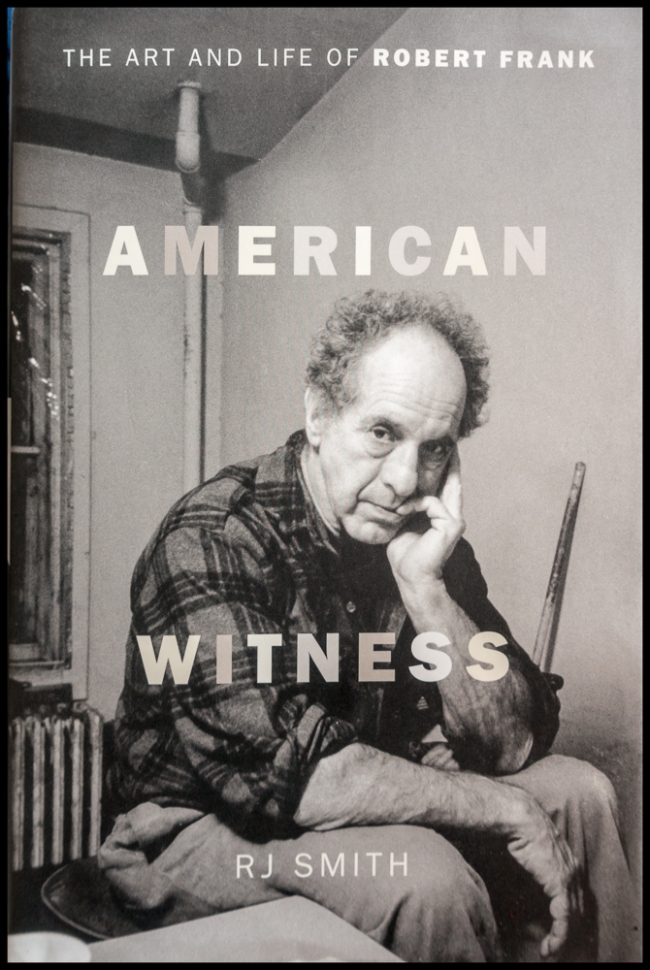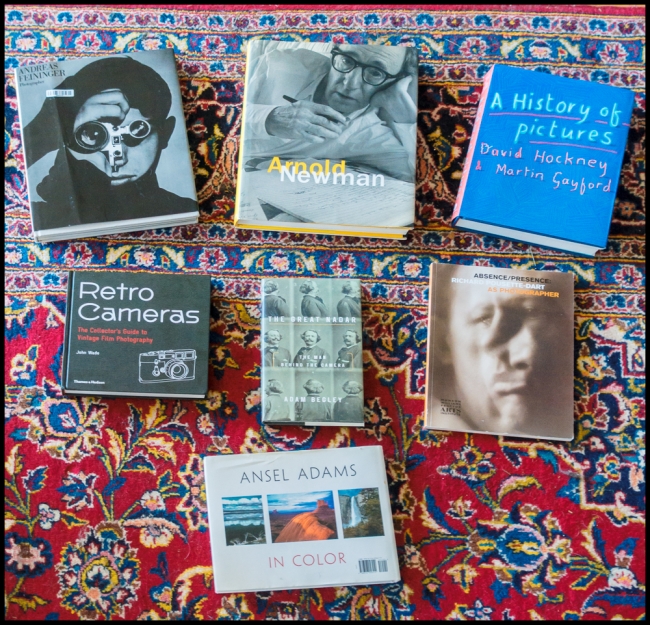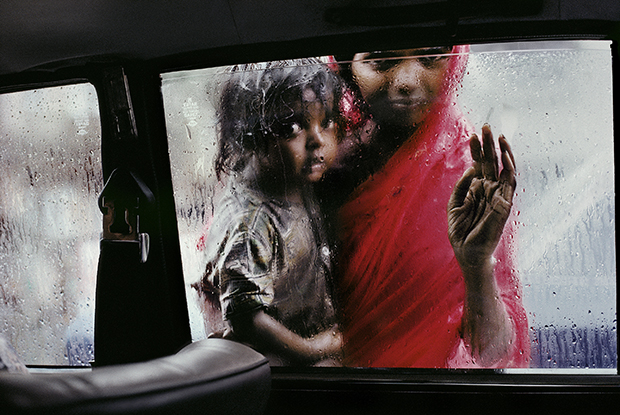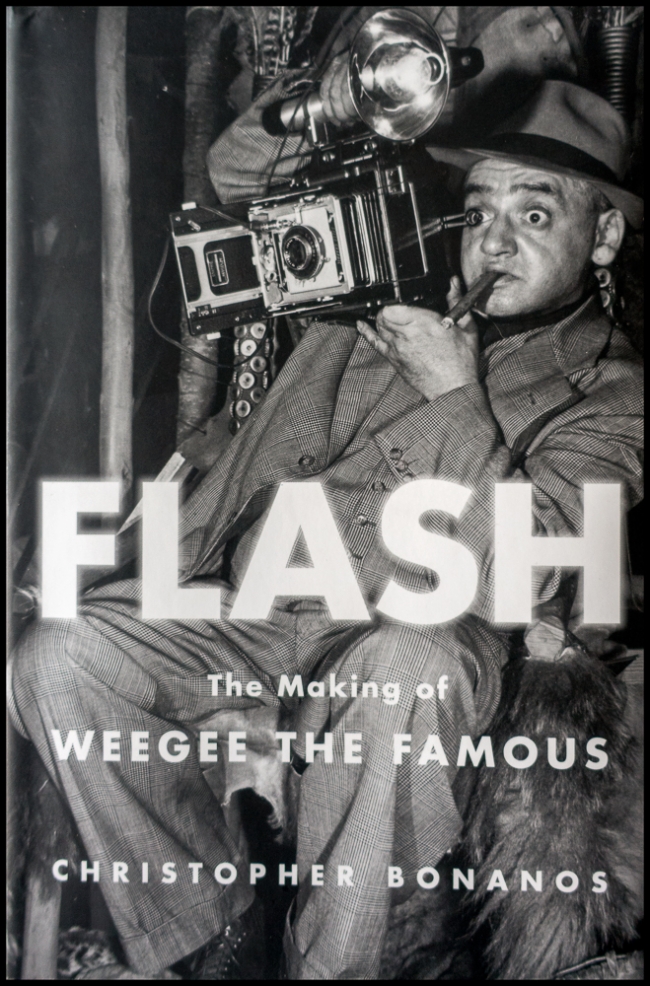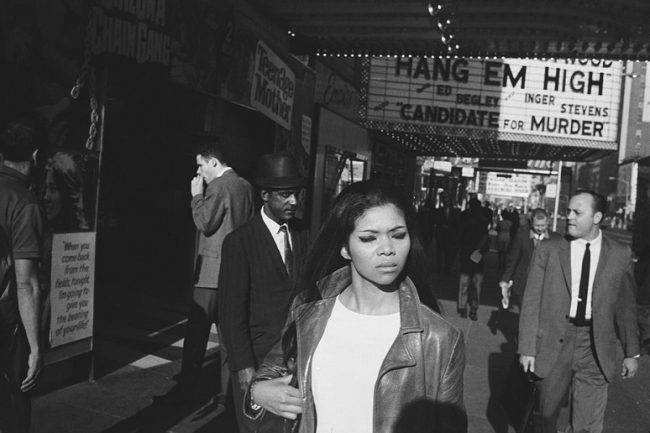In earlier posts I’ve noted my difficulties with Robert Frank.
Initially I had some problems with “The Americans“. It seemed to me that it deliberately painted a negative picture of the USA in the 1950s.
Then, after further study I decided that I was wrong and have since become a fan.
So, I thought, the problem must be with Frank, himself. It seemed to me that he was one of these self-absorbed, very “artsy” types who thought being unpleasant was something that they should be allowed because they were special. He was, after all, a part of the beat generation, most of whom displayed these characteristics.
I couldn’t see what was so special about Frank. He’s certainly a first rate photographer, and “The Americans” is possibly the best photobook ever made. But, after that it seemed to me that he didn’t achieve much else. He made movies. I watched one of them and didn’t much care for it. And he eventually returned to still photography but without achieving his earlier fame.
So why is he always placed high on a pedestal, almost god-like. What makes him so much better than other famous photographers e.g. Paul Strand, Edward Weston, Walker Evans etc? I still don’t have an answer to that question.
Then I came across this documentary: Leaving Home, Coming Home: A Portrait of Robert Frank (2005), which made Frank more human. At times he could be a bit “curmudgeonly”, but he wasn’t the self-obsessed artist that I thought he would be.
So I think I’ve finally come to terms with Robert Frank: a great photographer who produced one of the greatest photographic works of our time. Does he deserve to be up on the pedestal? I’m not convinced that he does. But he didn’t put himself on the pedestal. His acolytes did so I can hardly blame him can I?
To me Frank is definitely high up in the pantheon of great photographers, but he’s not the only one up there and there may be some who are higher.
I’ve read the book twice and can heartily recommend it.

